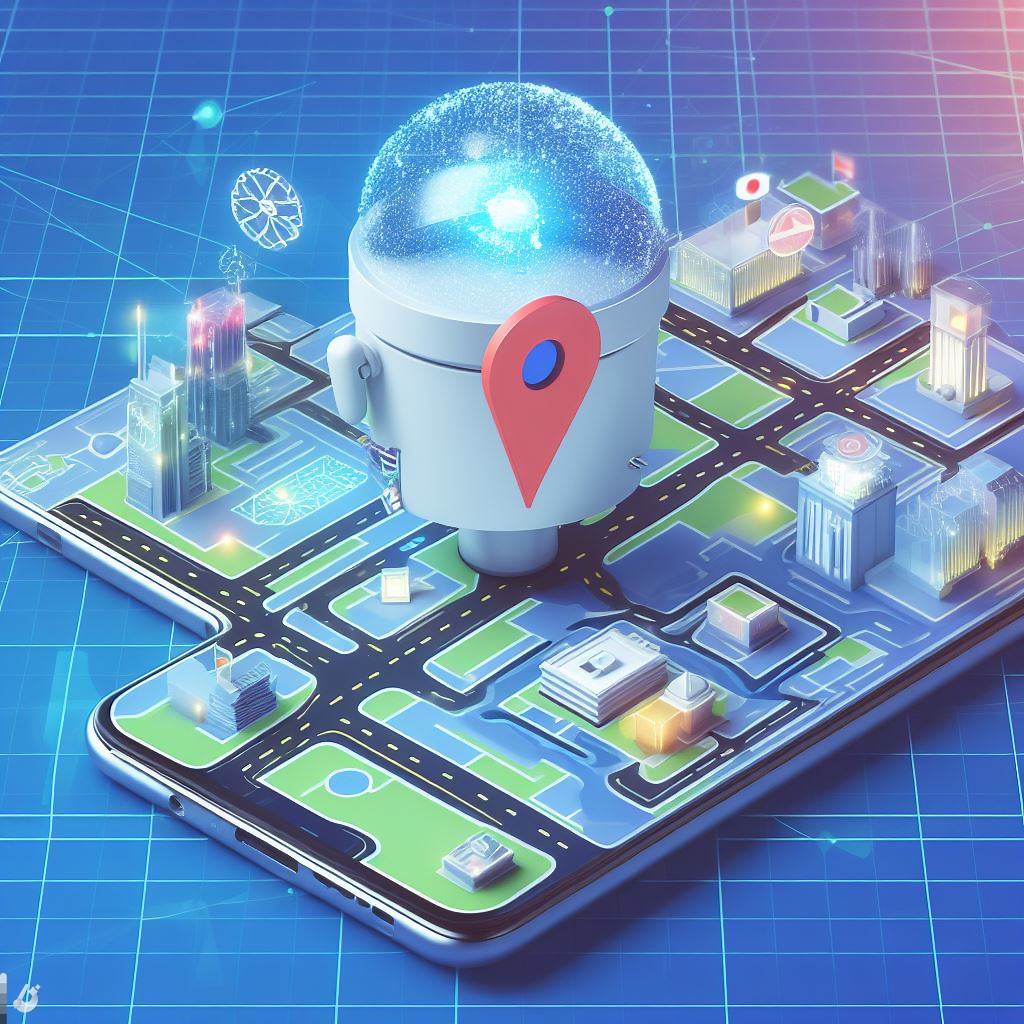Google Maps is one of the most popular and useful apps in the world, helping billions of people navigate, explore, and discover new places every day. But Google is not satisfied with just providing directions and information. It is constantly innovating and improving its app with the power of artificial intelligence (AI) to make it more accurate, helpful, and immersive.
In October 2023, Google announced a massive AI upgrade for Google Maps, introducing five new features that will transform the user experience and navigation. These features are:
Google Maps Feature
- Immersive View for Routes: This feature allows users to preview every step of their journey, whether they are driving, walking, or cycling, in a stunning, multidimensional view. Users can see detailed, visual turn-by-turn directions, and use the time slider to plan when to head out based on simulated traffic and weather conditions. This feature is based on AI that fuses together billions of Street View and aerial images to create a realistic and seamless 3D representation of the world.
- Lens in Maps: This feature uses AI and augmented reality (AR) to help users quickly acclimate themselves to their surroundings, whether they are navigating a new city or discovering local hidden gems. Users can tap the Lens icon in the search bar and lift their phone to find information about nearby ATMs, transit stations, restaurants, coffee shops, and stores. Lens in Maps overlays relevant information and directions onto the camera view, making it easier to understand and explore the environment.
- A more detailed map: This feature uses AI to enhance the accuracy and detail of the map, showing road widths, sidewalks, crosswalks, pedestrian islands, and other features that affect the layout and accessibility of an area. Users can also see the shape and size of buildings, as well as the location and density of trees, to get a better sense of the urban landscape. This feature is especially useful for people who walk, bike, or use public transit, as it helps them plan safer and smoother routes.
- Eco-friendly routing: This feature uses AI to suggest the most fuel-efficient or energy-efficient route for drivers and electric vehicle (EV) owners, respectively. Users can see the estimated carbon footprint of their trip, and compare it with alternative routes. Users can also see the location and availability of EV charging stations along the way, as well as the type and number of ports, the charging speed, and the pricing information. This feature helps users reduce their environmental impact and save money on fuel or electricity.
- Things to do: This Google Maps feature uses AI to help users find quick inspiration for things to do in their area, or in a destination they are planning to visit. Users can see curated lists of popular and trending activities, attractions, and events, as well as personalized recommendations based on their preferences and history. Users can also see photos, reviews, ratings, and opening hours of the places they are interested in, and book tickets or make reservations directly from the app. This feature helps users discover new experiences and make the most of their time.
These new features demonstrate how Google Maps is using AI to go beyond navigation and provide users with a more comprehensive, convenient, and engaging mapping experience. With AI, Google Maps is not just a tool, but a companion that helps users explore the world with confidence and ease.
Also Read: Evolution of AI: Redefining the Big Future of Mobile Apps

